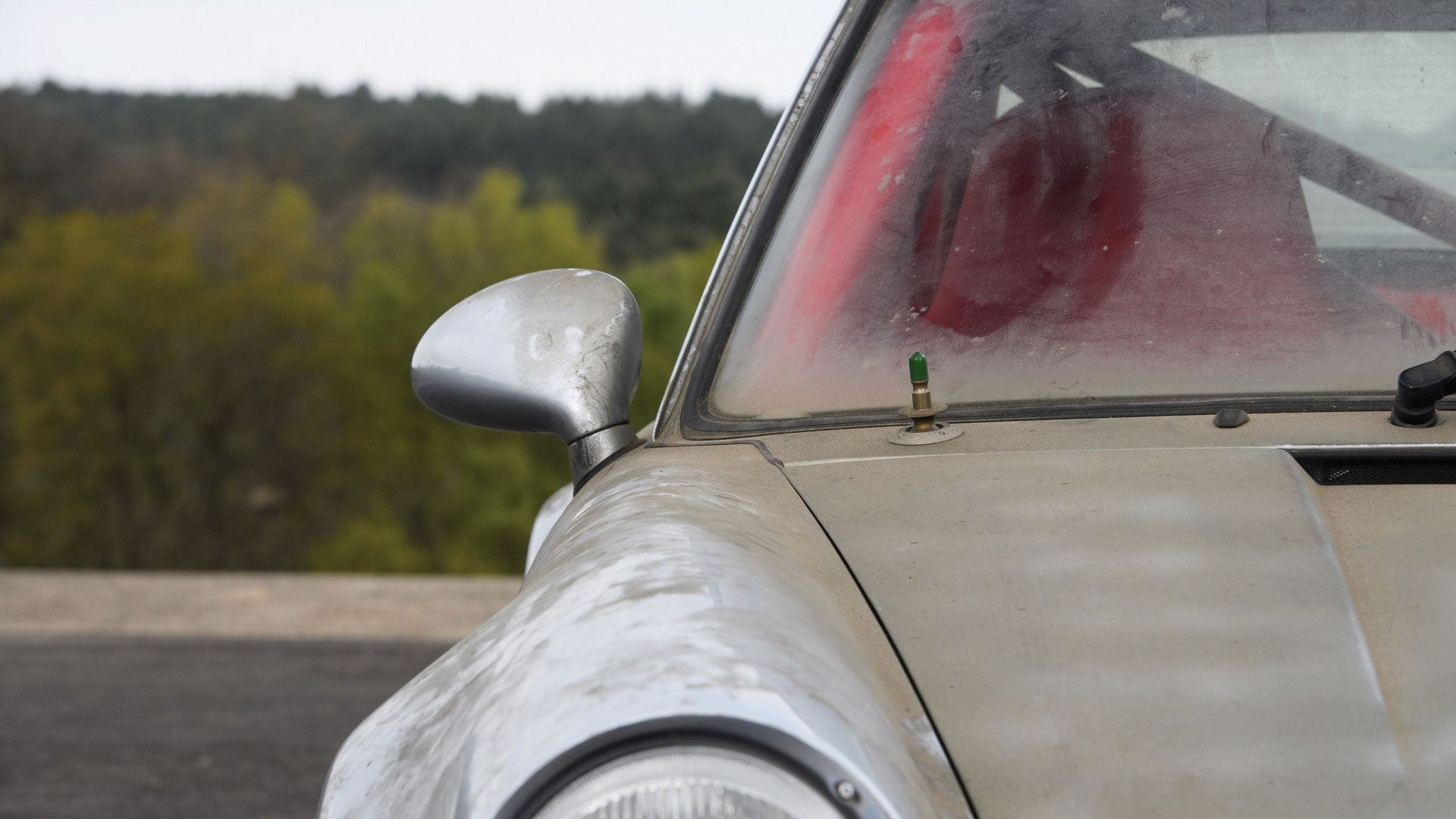Earlier in the month you may have seen reports floating around of an exceptionally rare Porsche 911 that had, for all intents and purposes, never been driven. The 1993 Carrera RSR 3.8 has just 10km on the clock and is exactly how it rolled off the production line — complete with 23 years of dust and grime.

Just one of 51 cars ever made, this particular example has been reported to of grabbed a cool $2.25 million at auction — yep, big boy dollars.
Adding to the rarity, it was one of the two to come with a fully trimmed interior, finished in red leather upholstery. The original owner requested that the car be painted in Polar Silver Metallic, with the wheels’ faces coated in Amethyst Metallic, while the calipers were to be gold for a contrast effect.

Although the body was adapted from the Turbo model, this 964-gen RSR has an RSR-specific naturally-aspirated engine. On paper it was good for 350hp through an upgraded five-speed box, but in reality it would make upwards of 375hp, and even more with a few tweaks.

Boasting a 0-60mph of just 3.7 seconds back in ‘93, the RSR was officially quicker than the famed Ferrari F40, and while the original owner clearly never enjoyed that performance, we are left with an absolute original gem as a result.
We unsure on whether the new owner intends to drive their $2.25 million investment, although it would be good to see such a car freed from its 23 year prison sentence.













